S. gregaria, commonly known as desert locust remains a solitary insect until the rainy season. When vegetation emerges, particularly in sandy soils, the female locust lays her eggs in the soil and amidst vegetation for the hatchlings to feed upon. If there are large numbers of the nymphs congregated, this close physical contact causes a metabolic and physical change from solitary to gregarious form and its color changes from green to yellow and black. The desert locust is found in the northwest region of India, but you might contact an agricultural department in Punjabi to confirm its identity. If so, the swarms of desert locust cause huge losses in agriculture. Early warning and preventive control is the strategy adopted by locust-affected countries in Africa and Asia to try to stop locust plagues from developing and spreading. Refer to FAO’s Desert Locust Information Service (DLIS) in Rome, Italy.
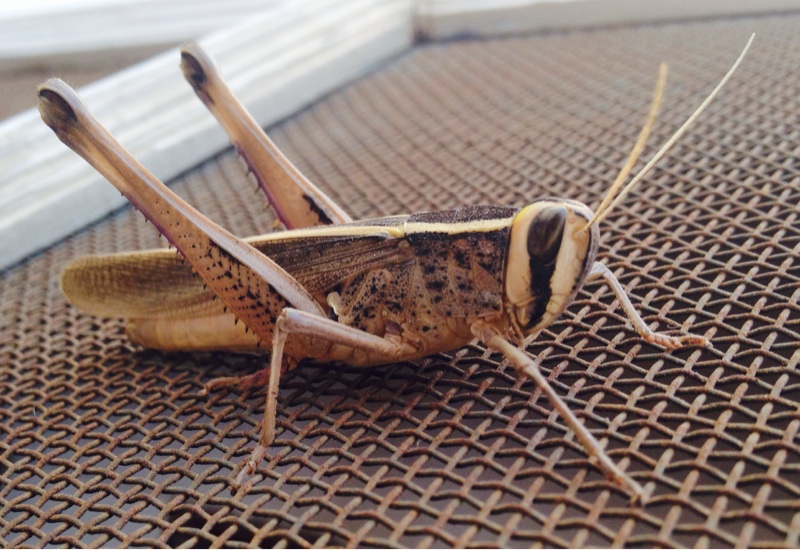
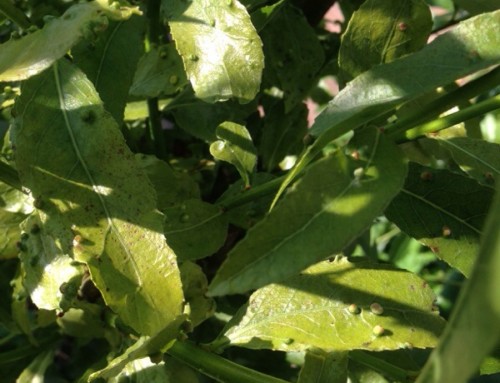
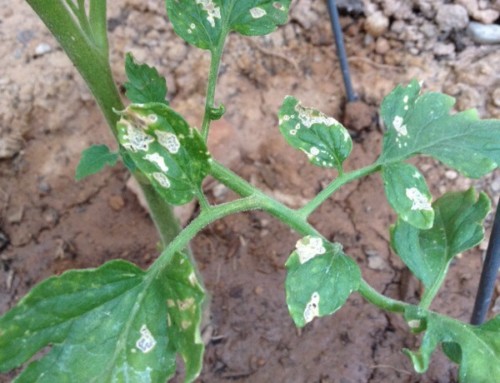
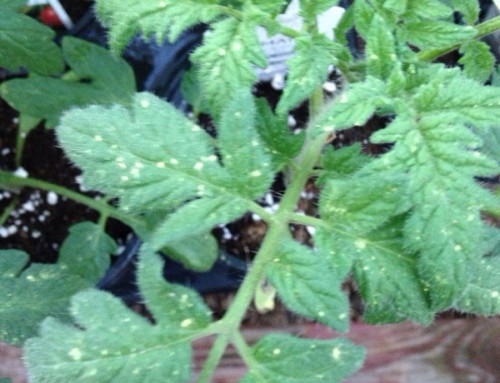
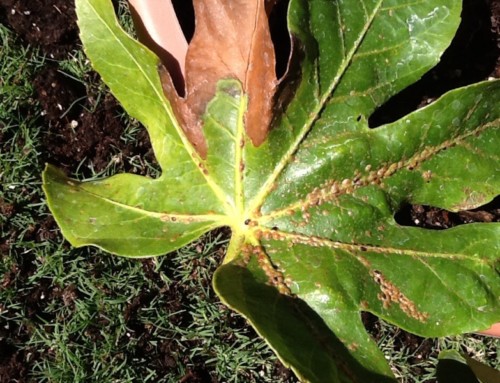
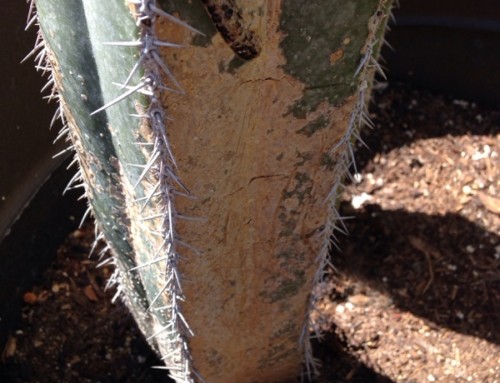
Leave A Comment